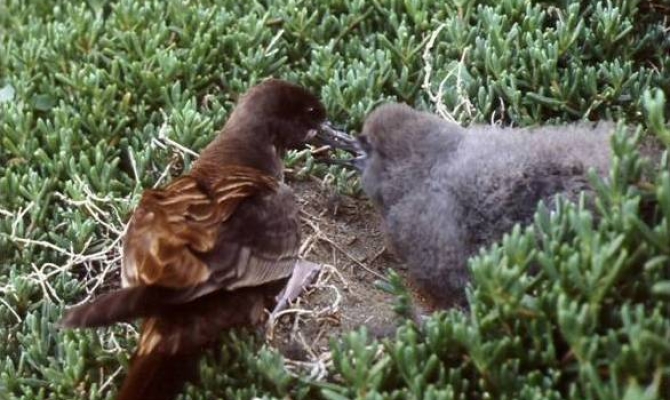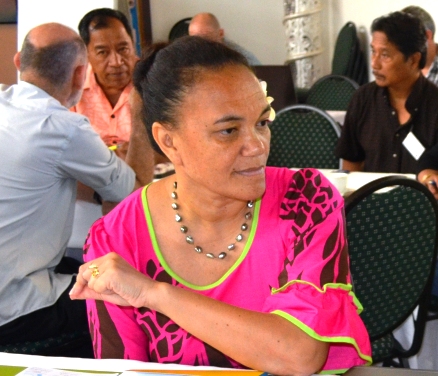
Climate Change Resilience
Meteorological term defined: A synoptic weather station with altitude observations - these are stations that collect weather information regularly and report information regularly to the main office, from there it is then transmitted worldwide through a special network. Different weather stations can collect different types of data for example some may collect rainfall, others wind speed, temperatures and so on. For those that collect altitude observations they are collecting data at different levels in the atmosphere going upwards up to the sky, these observations can be collected through weather balloons or sound waves through a wind profiler.
5 April 2014, Rarotonga, Cook Islands - The fight against vector borne diseases in French Polynesia has acquired the support of Meteo France. Since 2010, the Met organisation has worked with the health service to help the island prepare for possible outbreaks of dengue and filiarisis. Last year this expanded to include zika, another mosquito spread virus in French Polynesia.
 Aedes aegypti (pictured left) and Aedes polynesiensis, the two types of mosquitoes that carry these viruses, are influenced by environmental and climatic factors. Having a forecast of climatic factors can help manage the mosquitoes and thus prevent outbreaks of the diseases.
Aedes aegypti (pictured left) and Aedes polynesiensis, the two types of mosquitoes that carry these viruses, are influenced by environmental and climatic factors. Having a forecast of climatic factors can help manage the mosquitoes and thus prevent outbreaks of the diseases.
 Aedes aegypti (pictured left) and Aedes polynesiensis, the two types of mosquitoes that carry these viruses, are influenced by environmental and climatic factors. Having a forecast of climatic factors can help manage the mosquitoes and thus prevent outbreaks of the diseases.
Aedes aegypti (pictured left) and Aedes polynesiensis, the two types of mosquitoes that carry these viruses, are influenced by environmental and climatic factors. Having a forecast of climatic factors can help manage the mosquitoes and thus prevent outbreaks of the diseases."Once we have done the modeling and projections we are then able to provide forecast information to the health service," said Victoire Laurent (pictured below) of Meteo France in French Polynesia.
"If an epidemic is expected, the health services can inform the public through a media and community awareness campaign so homes can do what they can to prevent breeding areas. It can also help the hospitals prepare in advance for an influx of patients. If there is no epidemic predicted, then that is good for us."
There are five synoptic weather stations in French Polynesia with altitude observations, 16 automatic weather stations, 100 rainfall stations and 15 temperature stations that make up Meteo France in French Polynesia.
As part of the process for providing information to the health services, Meteo France and Institute of Louis Malarde first found the link between climatic factors and viruses, then determined the parameters for providing a forecast, and the third step was to build a project model which would provide the information.


"Developing a model to provide the probability risk of epidemic outbreaks is a new activity for us and it was challenging as there are endemic species to French Polynesia and our country is large. We had initially based our activity on the work done in New Caledonia but the two countries are very different."
This support is a service now provided by Meteo France to the health service on an annual basis since 2010.
Pacific meteorological directors, stakeholders and development partners have come together from 31 March to 4 April in the Cook Islands for the Regional Consultation on Climate Services for Pacific Small Island States and Related Meetings.